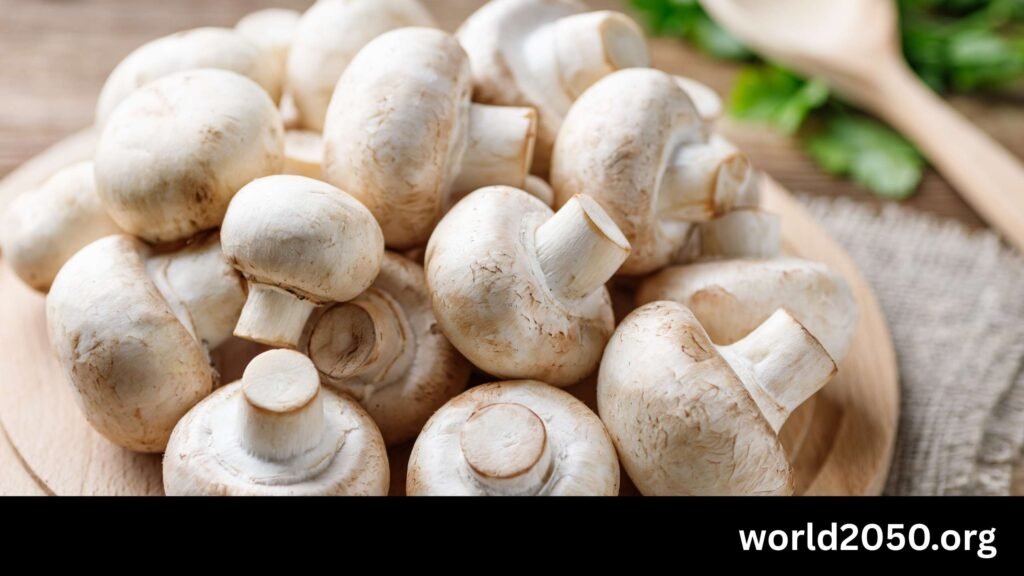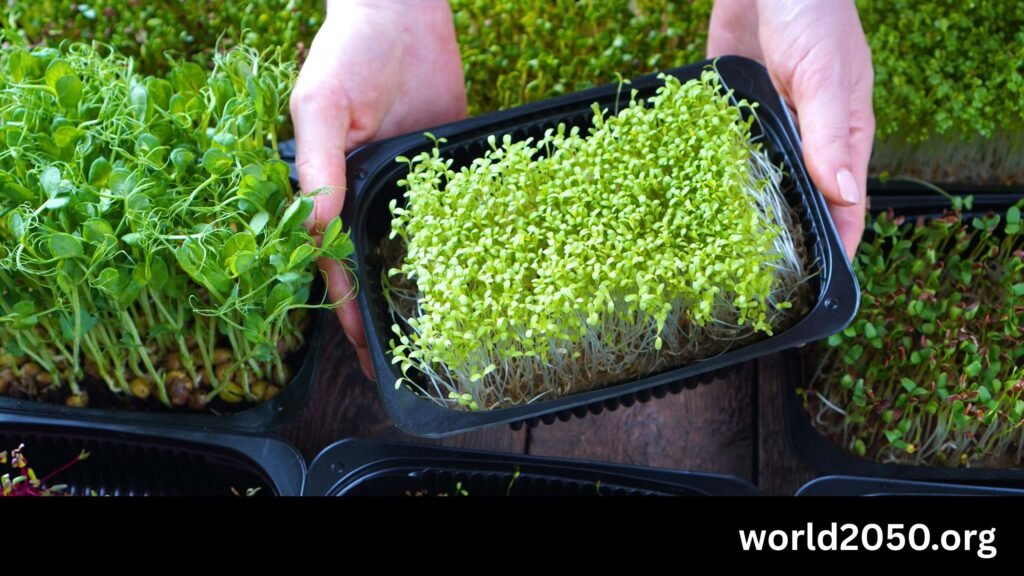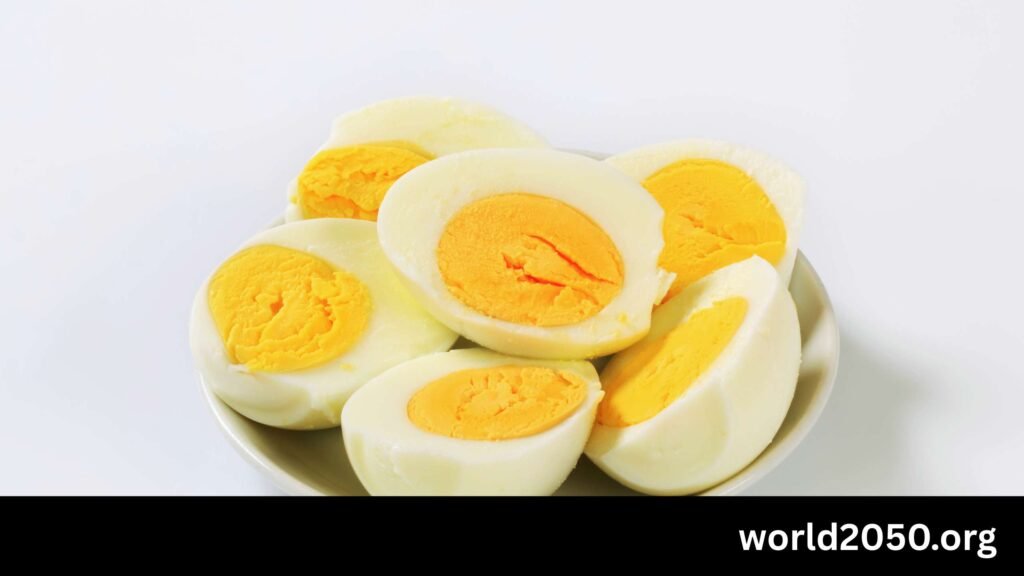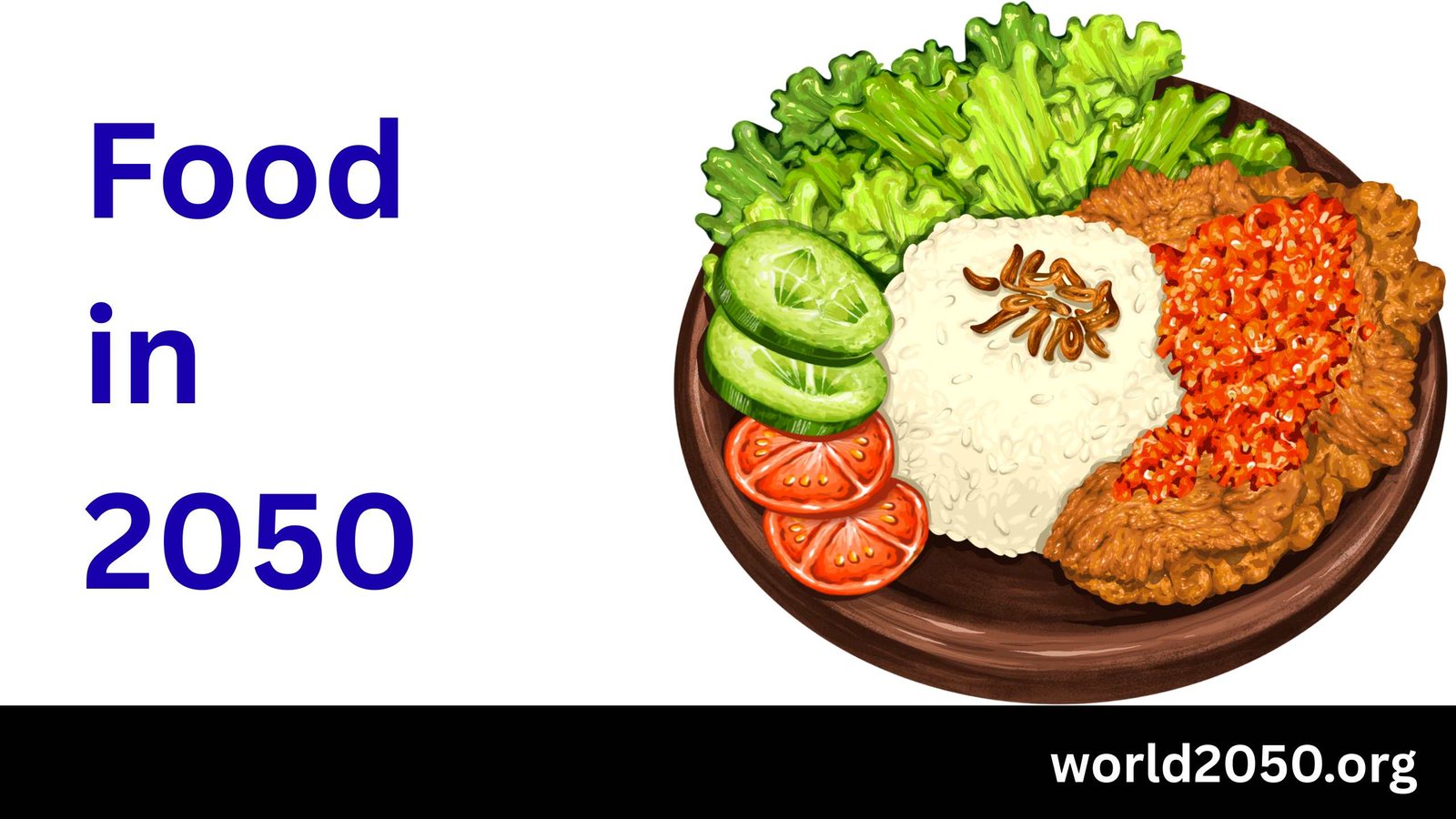Food is the most important part of your life, without which you cannot survive. Our food habits have changed a lot since the Industrial Revolution, with a focus on eating more energy-rich starchy foods.
However, lately our lives have become more sedentary and less active. As a result, starchy foods like wheat and rice have started causing obesity, diabetes, and heart issues in most youngsters and adults. By 2050, as much as 12.5% of people will be diabetic or pre-diabetic.
As our work lives go more digital and less physical, we might have to fall back to the pre-industrialization era foods like millets, greens, beans, and other seeds, with dairy, meat, and eggs in limited use. These foods are not only nutrient-rich but also prevent obesity due to their lower calorific value and a lower GI.
Table of Contents
Food Themes that Will Dominate the Future
Protein-Rich Foods
Protein provides building blocks for our body and is essential for critical body tasks like muscle repair. Proteins, when consumed in the right order, can also act to replace carbohydrates as energy sources.
In the future, as the world population reaches a peak, poultry and eggs will be the most common sources of protein besides vegetable sources like pulses, millets, mild products, and legumes among others.
Low Starch Foods
Starch was very much needed in the past because it provided much-needed energy for farming and industrial work in the 1800s and 1900s. However, after the computer revolution and the digital economy post 2010s, much of our work has become sedentary. Farms are mechanized, industry is automated (Industry 4.0), and most of us are working in services sector of the economy, which by its nature is attached to a computer screen.
As a result, the rich starchy diet that we consume is excess in calories, causing obesity and all the associated illnesses.
By 2050, protein would form the largest part in an ideal diet. Sources of proteins would also be either planet based or poultry-based. The consumption of red-meat is expected to slow down and decline eventually due to cost, availability and its effect on people’s hearts.
Vegetarian Diet
Vegetarianism has been on the rise due to lack of scalability in animal-based foods. Plants such as microgreens which give you similar or better nutrition grow a lot faster and do not cause significant digestive issues like dairy, red meat or even poultry.
Further, anyone can grow their own foods in a vegetarian diets. Aeroponic towers, hydroponic pods, micro greens grown on shelfs, etc., are a few examples of maximizing your food yield even in very limited spaces.
Foods That Might See a High Demand
Mushrooms

With the high-yielding varieties of button mushroom, we have again seen the rise in the consumption of mushrooms, which are good in nutrition with phosphates, bio-nitrogen, and other minerals.
Mushrooms are fast-growing, can be raised in small spaces, and even cultivated in the remote parts of the world.
Edible mushroom varieties like the button mushrooms do carry a lot of usage in modern cuisine such as pizzas, as fritters, curries, and a lot of other dishes.
Vegetables

Vegetables could see a rise in demand due to ongoing trend in healthy eating. Further, as humanity inches towards a more sedentary lifestyle, we all need something to replace our reliance on starch-based foods.
Leafy, Green, and other fresh vegetables are rich in vitamins and minerals. They are easy to digest and do not cause blood suagr spices, neither contribute to your cholesterol.
Some examples are:
- Lettuce
- Cabbage
- Spinach
- Okra
- Brinjal
- Tomatoes
- Cauliflower
- Onions
Microgreens

Microgreens are getting popular because of their high protein, mineral, anti-oxidant, and vitamin (A,C,E) content. Further, they are very good for your heart. The richness in fiber also helps control blood sugar. Microgreens also possesess high anti-inflammatory effects. They are also used in cancer prevention (Sulphoraphane in Broccoli Sprouts).
The lack of proper scaling remains a challenge and contributes to a high cost of microgreens.
However, if you grow them at your home, they can be a good addition to your diet. You can grow them with some cocopeat or even on baking trays.
Millets

Millets are a storehouse of nutrition, being rich in iron, magnesium, calcium, dietary fiber, phosphorus, proteins, and anti-oxidants. Besides being rich in nutrition, they can also be grown in very limited amount of water, making it a perfect food for drought-stricken regions.
Before the onset of starchy diets, most of the world relied on millets as a basic source of food besides animal products.
With a rise in awareness, millets are getting popular once again. UN had declared 2023 as the international year of millets.
Eggs

Eggs are rich in protein with as much as 6 grams of absorbable protein per egg. They are popular due to cheap cost, ready availability across the world, and very little cultural objection.
However, the methods of raising chicken for eggs remain controversial.
Experimental Foods
Lab-Grown Meat
Lab-grown meat is an experimental food that is expected to partially compensate the demand for animal meat. However, concerns are wide about its suitability for consumption.
Frequently Asked Questions
What did we eat 5000 years ago?
Around 5000 years ago, during the initial years of the bronze age, we ate millets, flowers, fruits, seeds, pulses, chicken, eggs, lamb, buffalo, and other birds and animals.



